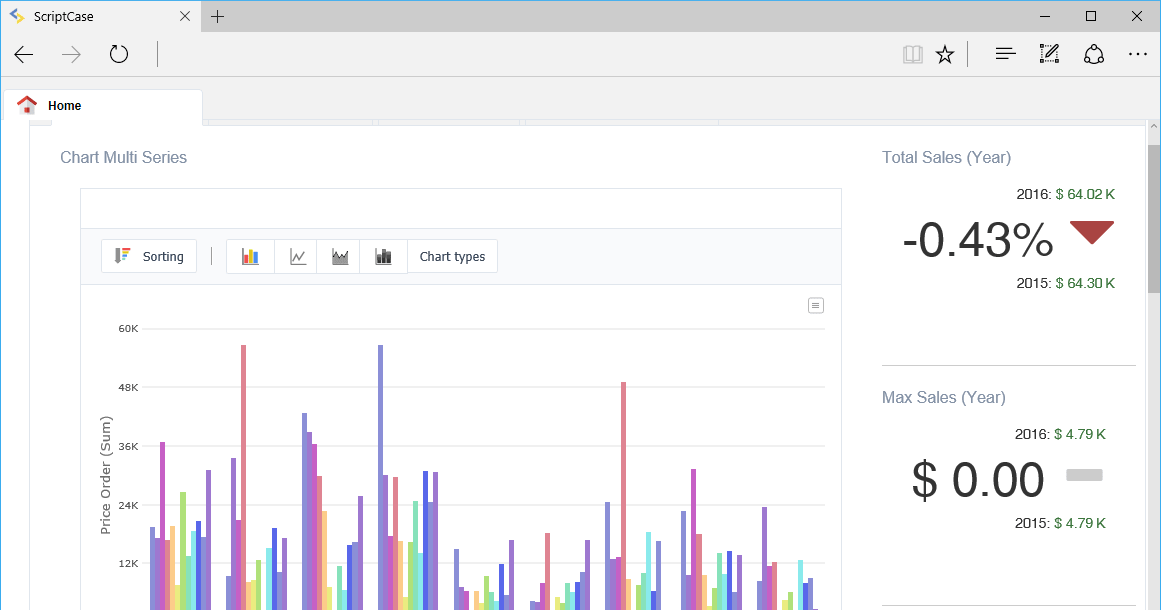


In both systems, 5-digit numbers are read in the same way. Indian System & International System Comparison Refer to the below table for a basic concept of the place value of a digit and the value of a digit. Place value chart for Indian system Place Value Chart for Whole Numbers International System.Place value charts are used for two systems, Then write the digits in the place value chart.It also implies how many ones, tens, hundreds, needs to use,.Place value chart implies the value of each digit,.Let’s learn the place value chart for whole numbers and decimal numbers. Is it applicable for whole numbers and decimal numbers?.Place value chart is the basic chart by which we can easily place the digits in the proper places. It is determined as ones, tens, hundreds, thousands, ten thousand, millions, ten-millions, etc.This value is calculated by multiplying the digit by the value of its place or position.So, 6 is in 2 nd place and we will simply say 6 tens or 6 multiply by10 = 6 x 10 = 60. Here, a place value of 6 needs to find out. The value of balls can contain in an individual place, is simply place value. Place 4 refers to 4 digit numbers i.e thousands (1000) and so on.Place 3 refers to 3 digit numbers i.e hundreds (100).Place 2 refers to 2 digit numbers i.e tens (10).Place 1 refers to 1 digit numbers i.e ones (1).So, third place is started at 100 where 1 is in the place-3 and 0 is in place-2&1. When you are keeping 99 balls, the next ball requires 3rd place.So, second place is started at 10 where 1 is in the place-2 and 0 is in place-1. Now, after 9 balls, the first place is filled and you need to go for second place, as 10 is having two digits.You start with place 1 and only one digit can be placed here and there are no digits on the right side.Each place will contain only one digit.Let’s consider a few buckets or say ‘places’, like Place-7 Place-6 Place-5 Place-4 Place-3 Place-2 Place-1 Now, you have been given so many numbers of balls and assigned a few containers or places from your right side to the left side. We all know counting from 0 to 9 and these are the main numbers which we use to express all other numbers. I have done quite a bit of research and am looking for any pointers as to what I am doing wrong as I know this is simply a misunderstanding of the API.It is defined as the position of each digit in any number. However the references I found were for much older versions of AmCharts and the reference was for this parameter in a config file and I do not see a reference for this in my version. I have found references to a parameter called: digits_after_decimal I have found that there is a bug where numberFormatter is ignored in this version (pre 2.11) when usePrefixes was set to true however that is not the case. I have also read that setting precision to -1 inhibits rounding which confuses me as to what precision is used for.

I've seen suggestions at setting it to 0 would work for removing the value after the decimal but it does not. I have read through documentation and found reference to: numberFormatter with the following syntax: chart.numberFormatter = Ĭhanging the precision does not seem to have an impact. I have a chart in AmCharts that reflects integer values as such I want the value in the Y Axis to also be integers however they are showing up as floating point.


 0 kommentar(er)
0 kommentar(er)
